Video Introduction
The 3 qualities:
Tow n°1"
Proper tow, free of line fibre and cuttings. Reasonably free of dust, but entirely free of sweepings, knots, barky or undecorticated fibre. Colour : creamy-white to cream.
Sisal production: step by step
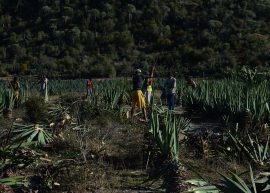
01. Cutting down
The first step in the cultivation of sisal is to cut down and burn the old fields.

02. Ploughing
The land is then plowed using tractors and plows (cover crop).
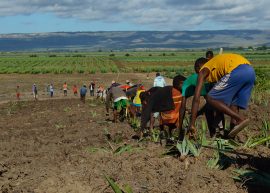
03. Planting
The suckers are divided into rows by a first team, then a second team follows to plant them.
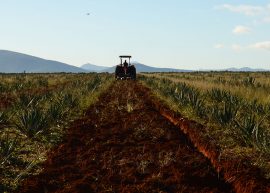
04. Fields maintenance
Fields are manually and mechanically maintained to prevent the growth of parasitic plants.
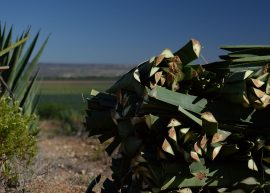
05. Cutting
The leaves are cut then attached in 20-sheet packages and gathered into a bunch of 150 packages.
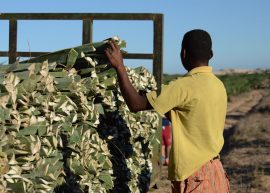
06. Transportation
The transportation of the leaves to the defibrators is carried out by trailers and tractors.
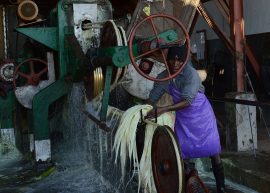
07. Defibration
The defibrators mechanically peels the sisal leaves to extract the fibres.

08. Drying
The fibres are dried naturally under the sun, for a few hours or a few days depending on the weather.

09. Gathering
Dry fibres are picked up and taken to the factory for processing.
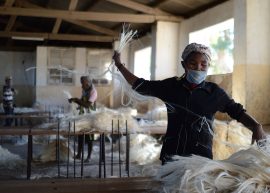
10. Handfuls
Preparation of small handles of fibres before brushing.
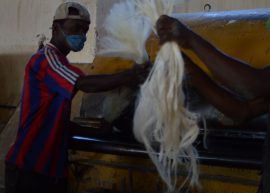
11. Brushing
The small handles are then brushed and ready for sorting.
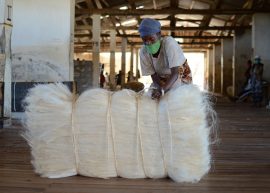
12. Sorting
The fibres are sorted according to their qualities and assembled in blocks of 50 kg.
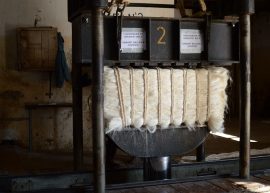
13. Bales pressing
The blocks are joined and pressed into bales of 180 to 225 kg.
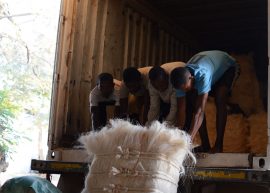
14. Exportation



